I'm just new to a project where they asked me to investigate why the servers (application) are acting weird. After a reboot they are blazingly fast (<150 ms response time), but when they run for about 2 days they become slow.
Memory and CPU go up and will not drop until a restart of the application.
So, they are running a Tomcat (hybris) server which has the following commandline flags: -XX:ConcGCThreads=1 -XX:G1HeapRegionSize=4194304 -XX:GCLogFileSize=786432 -XX:InitialHeapSize=12884901888 -XX:+ManagementServer -XX:MaxGCPauseMillis=200 -XX:MaxHeapSize=12884901888 -XX:NewRatio=4 -XX:NumberOfGCLogFiles=10 -XX:-OmitStackTraceInFastThrow -XX:ParallelGCThreads=4 -XX:+ParallelRefProcEnabled -XX:+PrintGC -XX:+PrintGCDateStamps -XX:+PrintGCTimeStamps -XX:+PrintTenuringDistribution -XX:ReservedCodeCacheSize=134217728 -XX:ThreadStackSize=1024 -XX:+UseCodeCacheFlushing -XX:+UseCompressedClassPointers -XX:+UseCompressedOops -XX:+UseG1GC -XX:+UseGCLogFileRotation -XX:+UseTLAB
In the picture below you can see the CPU and Memory usage before and after the restart. The application server was under heavy load for a few hours already...
The application server itself is a 4-core with 16GB RAM.
Screenshots from a full run between 2 restarts:



